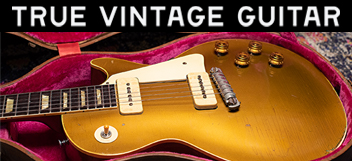Gibby58
New member
- Joined
- Feb 27, 2017
- Messages
- 21
I tend to go back and forth on the overwrap vs. standard wrap issue on my LP. With the top wrap of 10-46 strings I can set the stop bar all the way down,where allegedly it transfers more string vibe into the body...not totally sure on that one. But standard wrapping it is said that on the high E string that you don't want it to make contact with the backside of the bridge,so that side of the stop bar must be raised to just clear that string. Anyone have some input on this and is it a big deal or a tone killer
thanx's!
thanx's!



